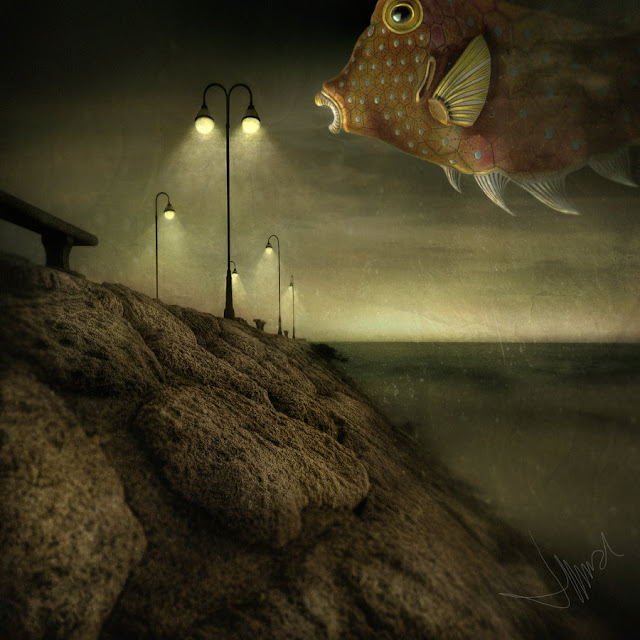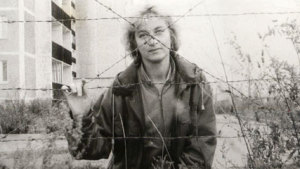The GammaMaster: Japanese wristwatch and Geiger counter in one. Image Source: MedGadget. Currently sold out, the watch sells for USD $250 and was previously available out of Hong Kong.
Caption for the above photo: Leave it to the Japanese to integrate both a digital timepiece and a fully functional Geiger counter, all of it crammed into into a standard sized wristwatch. ... Feature-wise there are limits to what you can do in a wristwatch format. There's the time display in traditional dial analog format - it is a watch after all. For displaying radiation dosage, in addition to a digital display, the GammaMaster has an LCD analog display, which provides a visual indication of the current dose rate and cumulative dose. Both can be run in dosimeter mode or in survey meter mode.
Warning alarms can be set to indicate when a specified dose rate or cumulative dose is exceeded. Alarm settings are always displayed on the analog scales. Some minor negatives with the GammaMaster. For one, the radiation units of are in metric µSv/h and don't include mRems/hr, more commonly used in the U.S.
This month, I am doing a countdown to the anniversary of the Chernobyl disaster by highlighting nuclear accidents, leaks, tests and similar incidents that have occurred elsewhere in the world. If oil is the fuel of our present, nuclear power is - or seemed to be - synonymous with the future. Yet it is a future not of clean burning high-tech scientific efficiency, but one of apocalyptic consequences if mismanaged, damaged or disrupted. The operation systems of nuclear facilities are also vulnerable to computer hacker attacks (which I have blogged about here and here).
In the wake of the Japanese crisis at the Fukushima plants, the internet public is getting very jumpy. One of my friends described the slow burn that is wearing down our sense of well-being as an "apocalyptic pressure on the metaphorical inner ear." (Thanks, J.) On Twitter, I notice that nerves are raw. On 17 March, @ozcanyuksek tweeted: "travellers from Japan have triggered the radiation detectors at Chicago's airport. Though the report does stress the levels were very low." Amid assurances that Japanese radiation fallout levels were low, @MorrisonMD remarked: "Worried about radiation from Japan coming to US? Vast majority will be dispersed, but take antioxidants & Vit C." On 23 March, Tomoko Hosaka commented: "More on Tokyo tap water. Expert: Stress people get from radioactivity is more dangerous than radioactivity itself." On 28 March, @leashless commented: "Insomnia and flashes of ill temper. I am subtly, but deeply, stressed." On 1 April, after Tokyo Electric had repeatedly made alarming comments about radiation levels, then retracted them, the company announced they were sending in a robot to find out the source of an unknown leak, which they later isolated on 2 April. By 1 April, there were alarms raised by "experts" - despite all previous claims that levels of radiation currently spreading globally from Fukushima were harmless - that the world food supply was threatened by Japanese fallout. There is a low grade, growing background fear that reflects our helplessness and global connections back at us.
Radiation from radioactive elements - an invisible, little understood force that can kill you at high or prolonged doses - is, like petroleum, one of the millstones hanging around our collective necks from the twentieth century. Nuclear power may not survive very far into Millennium if public opinion turns sharply against the industry. Yet it has overcome serious incidents before, so it may continue, no matter how people feel about it. This is the central, all-consuming problem of our times - how to create enough energy to fuel our global economy without destroying ourselves in the process.






















